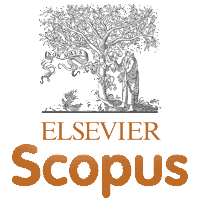ANALYSIS OF THE FEASIBILITY OF UTILIZING WAKEUP RADIOS TO OPTIMIZE ENERGY AND LATENCY PERFORMANCE OF WIRELESS SENSOR NETWORKS
Abstract
Remote sensor organizations (WSNs) can possibly profoundly work on our lives by unavoidable ecological checking in numerous applications. In any case, there are numerous applications that would be great for WSNs, yet where reportable occasions happen with long (days, weeks) or eccentric lengths between events. These purposes are hampered by the high energy and inertness expenses of consistently on and intermittent wakeup networks, which squander energy on hub synchronization and inactive checking of the RF channel, and show unsuitably high dormancy for pressing occasions, e.g., alerts. This proposition proposes, plans, collects and tests, in a multi-jump WSN proving ground, a wakeup recipient (WUR) and related medium access control (Macintosh) convention that can be added to WSNs to make the correspondences usefulness of the organization "on-request". When not expected to impart, a hub's fundamental radio is closed down, while the wakeup radio remaining parts dynamic, consuming 1.85µW to persistently screen for wakeup signals. The Macintosh convention created to help WSN wake-on-request permits essential show and execution testing and lays out an establishment for future refinement of wakeup-based Macintosh conventions





